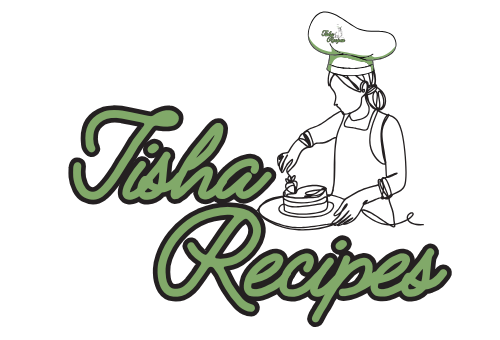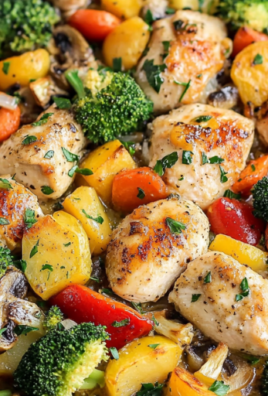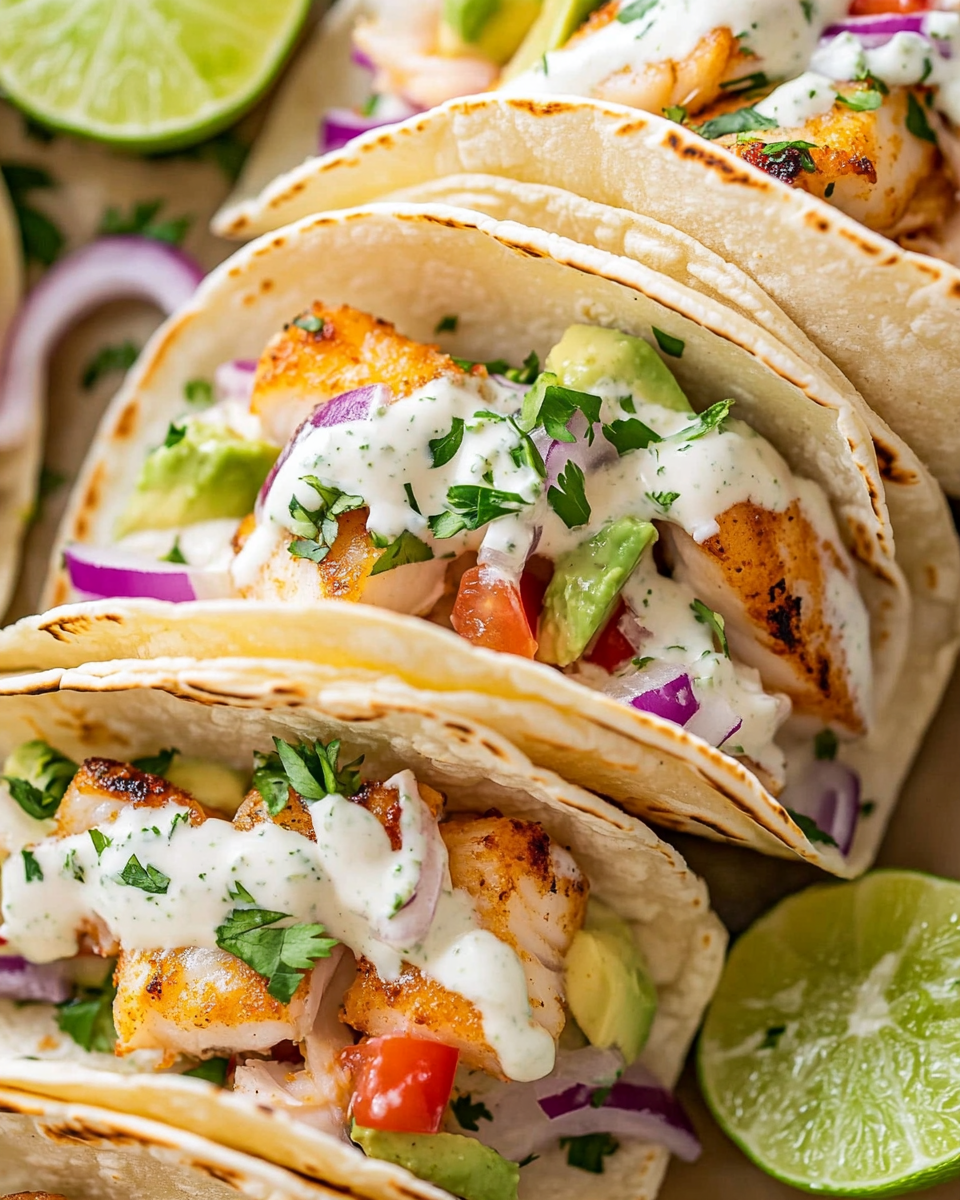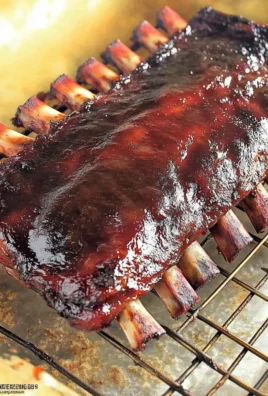
Shrimp Pad Thai is one of the most beloved dishes in Thai cuisine, celebrated worldwide for its perfect balance of flavors—savory, sweet, tangy, and spicy. Originating from Thailand, this dish embodies the country’s culinary philosophy of creating harmony in every bite. The stir-fried rice noodle dish features shrimp as the star ingredient, complemented by a vibrant medley of vegetables, peanuts, and a zesty sauce.
Overview of Shrimp Pad Thai
Pad Thai is a cornerstone of Thai street food, often found sizzling in woks at bustling markets. The addition of shrimp elevates the dish with its rich, juicy texture and subtle sweetness, making it an irresistible choice for seafood lovers. The recipe has evolved over time, incorporating variations to suit different tastes while preserving its authentic roots.
Brief History and Cultural Significance
Pad Thai traces its origins to the mid-20th century, during the reign of Thai Prime Minister Plaek Phibunsongkhram. Seeking to foster a sense of national identity, he promoted the dish as a unifying culinary creation, showcasing Thailand’s unique flavors. Over time, Pad Thai became a symbol of Thai gastronomy, gaining recognition as a must-try dish for tourists and a staple in Thai households.
Preparation Phase & Tools
Prep Time, Cook Time, Cool Time, Total Time, Servings, Yield
- Prep Time: Approx. 15 minutes
- Cook Time: 10 minutes
- Total Time: 25 minutes
- Servings: 4
- Yield: 4 plates of authentic Shrimp Pad Thai.
Essential Tools and Equipment
- Wok or Large Skillet: Essential for achieving the characteristic smoky flavor.
- Sharp Chef’s Knife: For precise chopping of vegetables and garnishes.
- Spatula or Tongs: For efficiently tossing the noodles and shrimp.
- Mixing Bowls: To prepare sauces and pre-measured ingredients.
- Colander: For draining cooked noodles.
Importance of Each Tool Each tool contributes to the ease and quality of preparation. A wok distributes heat evenly, ensuring a perfect stir-fry, while a sharp knife facilitates uniform slicing, enhancing presentation and cooking consistency. Proper tools save time and effort, making the process enjoyable.
Preparation Tips
- Soaking Rice Noodles: Use warm water to soak the noodles until pliable but firm to touch. Avoid over-soaking to prevent mushy textures.
- Shrimp Preparation: Devein and clean the shrimp thoroughly. Use medium to large shrimp for an ideal bite.
- Tamarind Paste Tips: Mix the paste with warm water to create a smooth consistency, ensuring it blends seamlessly into the sauce.
- Pre-Mix the Sauce: Combining fish sauce, tamarind paste, and sugar beforehand ensures even distribution during cooking.
Ingredients List (with Measurements)
- Rice Noodles: 8 ounces
- Shrimp: 12-16 pieces, peeled and deveined
- Eggs: 2 large, lightly beaten
- Garlic: 4 cloves, minced
- Bean Sprouts: 1 cup
- Green Onions: 2 stalks, chopped
- Crushed Peanuts: ½ cup
- Tamarind Paste: 3 tablespoons
- Fish Sauce: 3 tablespoons
- Palm Sugar or Brown Sugar: 2 tablespoons
- Red Chili Flakes: 1 teaspoon (adjust to taste)
- Cooking Oil: 2 tablespoons
- Fresh Lime: 1 lime, cut into wedges
- Cilantro (optional): For garnish
Step-by-Step Instructions
- Prepare the Noodles:
- Soak rice noodles in warm water for 20 minutes. Drain and set aside.
- Make the Sauce:
- Combine tamarind paste, fish sauce, and palm sugar in a bowl. Stir until sugar dissolves.
- Cook the Shrimp:
- Heat 1 tablespoon of oil in a wok over medium heat.
- Add shrimp and cook for 2-3 minutes per side until pink and slightly crisp. Remove and set aside.
- Sauté Aromatics:
- Add another tablespoon of oil to the wok.
- Stir in minced garlic and cook until fragrant, about 30 seconds.
- Scramble the Eggs:
- Push the garlic to the side of the wok and pour in the beaten eggs.
- Let them set slightly before scrambling and mixing with the garlic.
- Add the Noodles:
- Toss in the soaked noodles and stir to combine. Ensure they absorb the flavors from the garlic and eggs.
- Incorporate the Sauce:
- Pour the pre-mixed sauce over the noodles. Toss thoroughly to coat every strand.
- Add Vegetables and Shrimp:
- Stir in bean sprouts, green onions, and cooked shrimp. Toss for 2-3 minutes until everything is well heated.
- Garnish and Serve:
- Plate the Pad Thai, topping it with crushed peanuts, lime wedges, and optional cilantro.
- Serve immediately for the best flavor and texture.




Leave a Comment